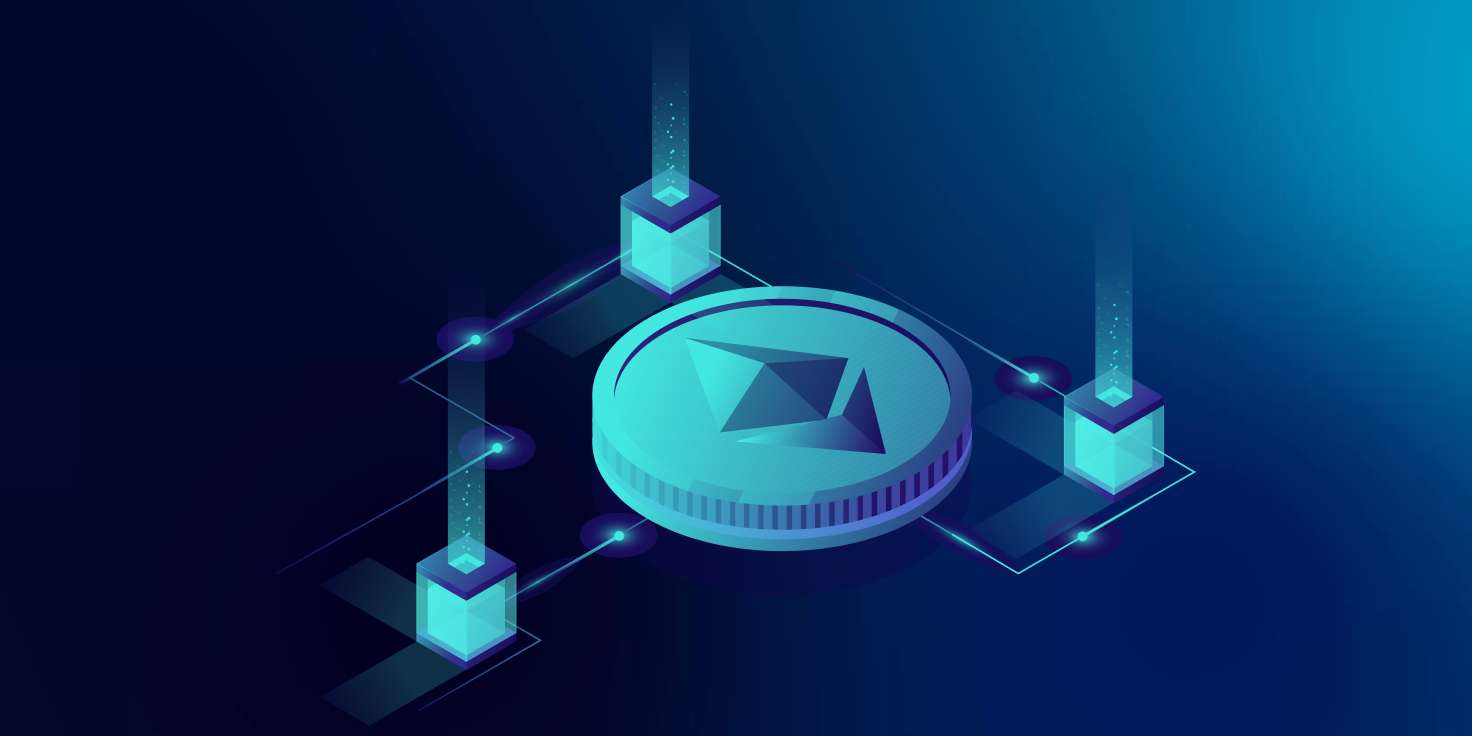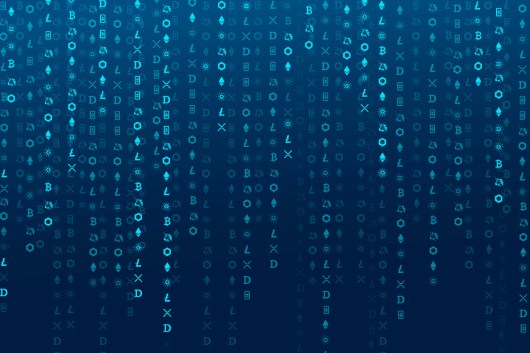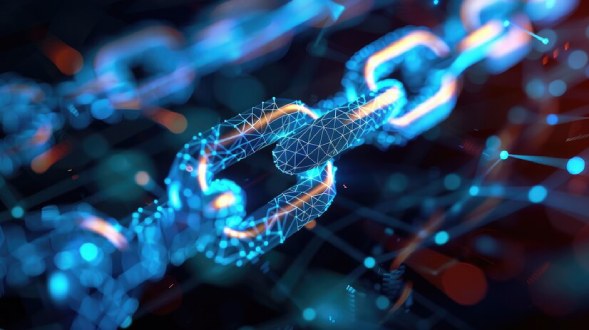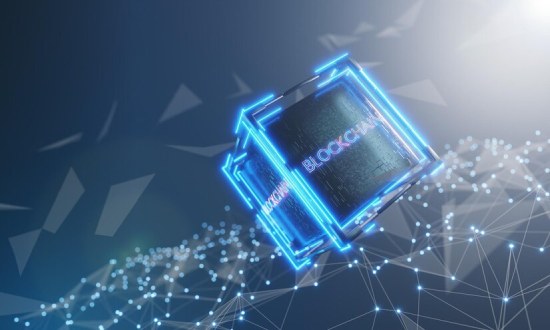Digital Art & Collectibles
These tokens allow artists to tokenize unique digital art, creating limited editions and verifiable digital scarcity. Platforms like OpenSea, Rarible, and Foundation enable artists to mint, sell, and auction their work while earning royalties from secondary sales.

 Blockchain Application Development
Blockchain Application Development
 Fintech Blockchain App Development
Fintech Blockchain App Development
 Hyperledger Application Development
Hyperledger Application Development
 STO Development Services Company
STO Development Services Company
 Exchange Development
Exchange Development
 Cryptocurrency Wallet Development
Cryptocurrency Wallet Development






